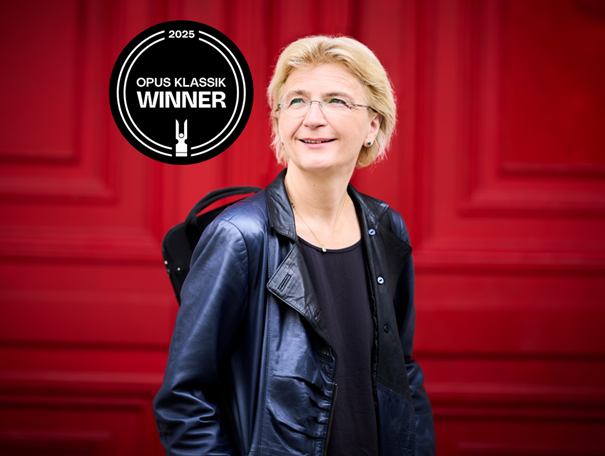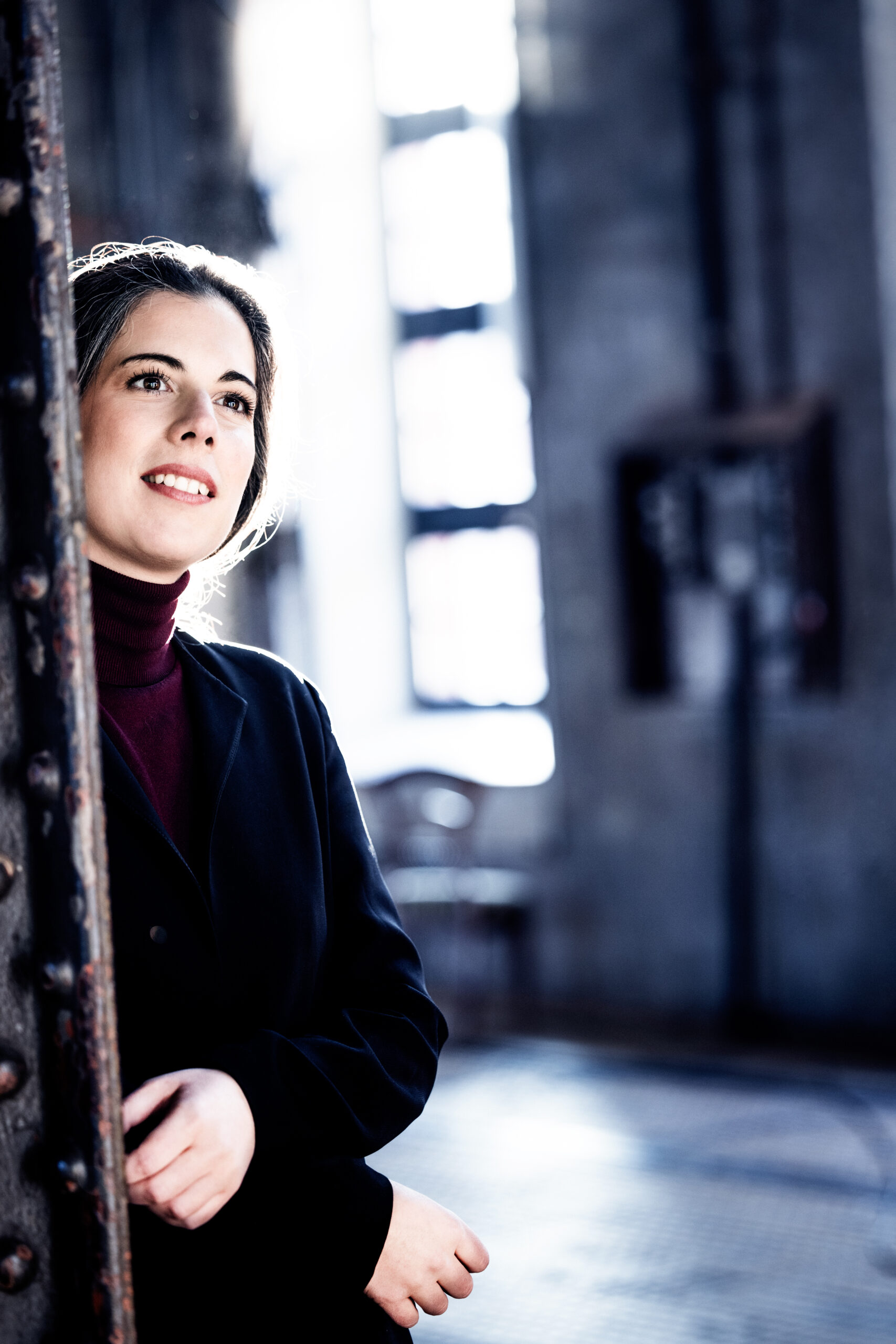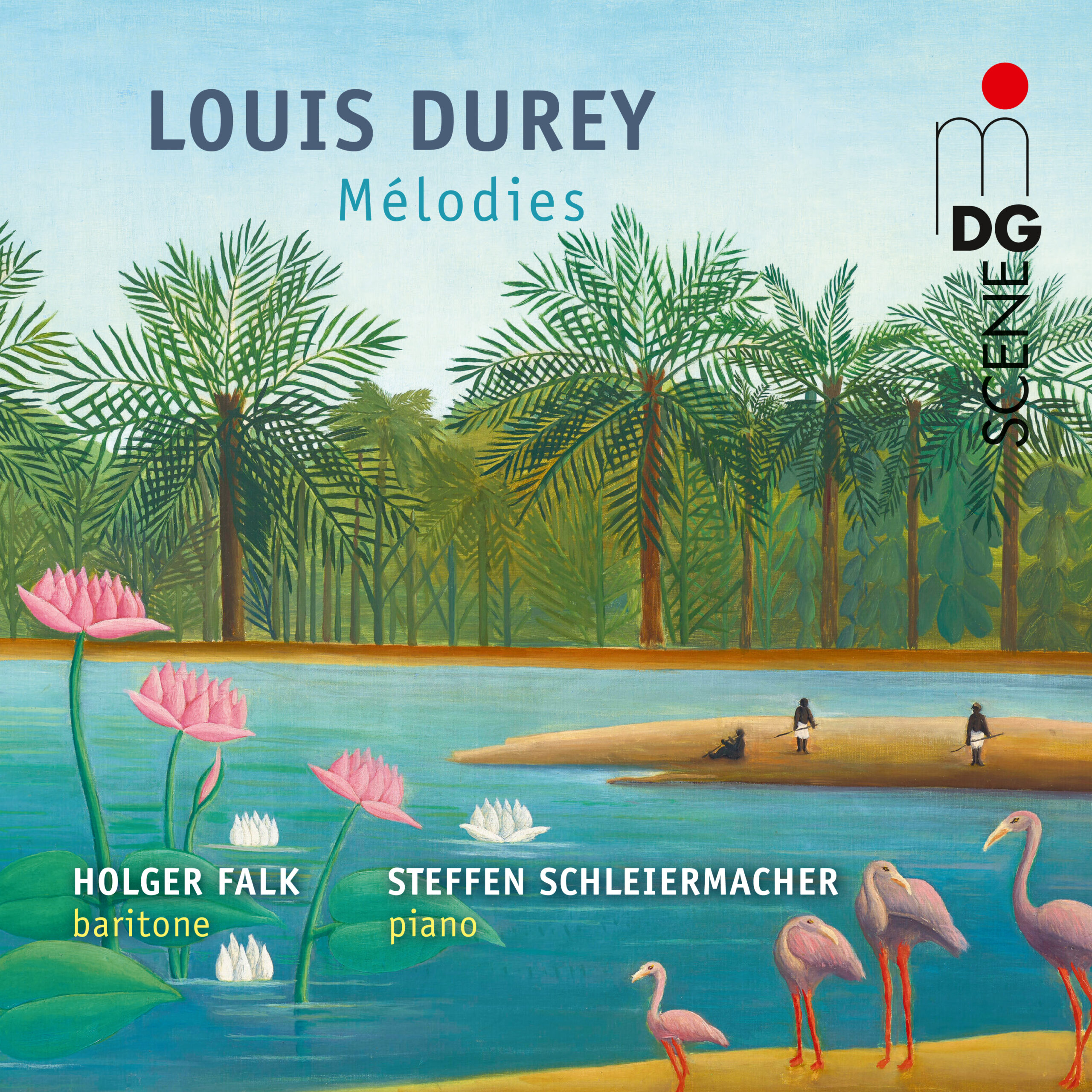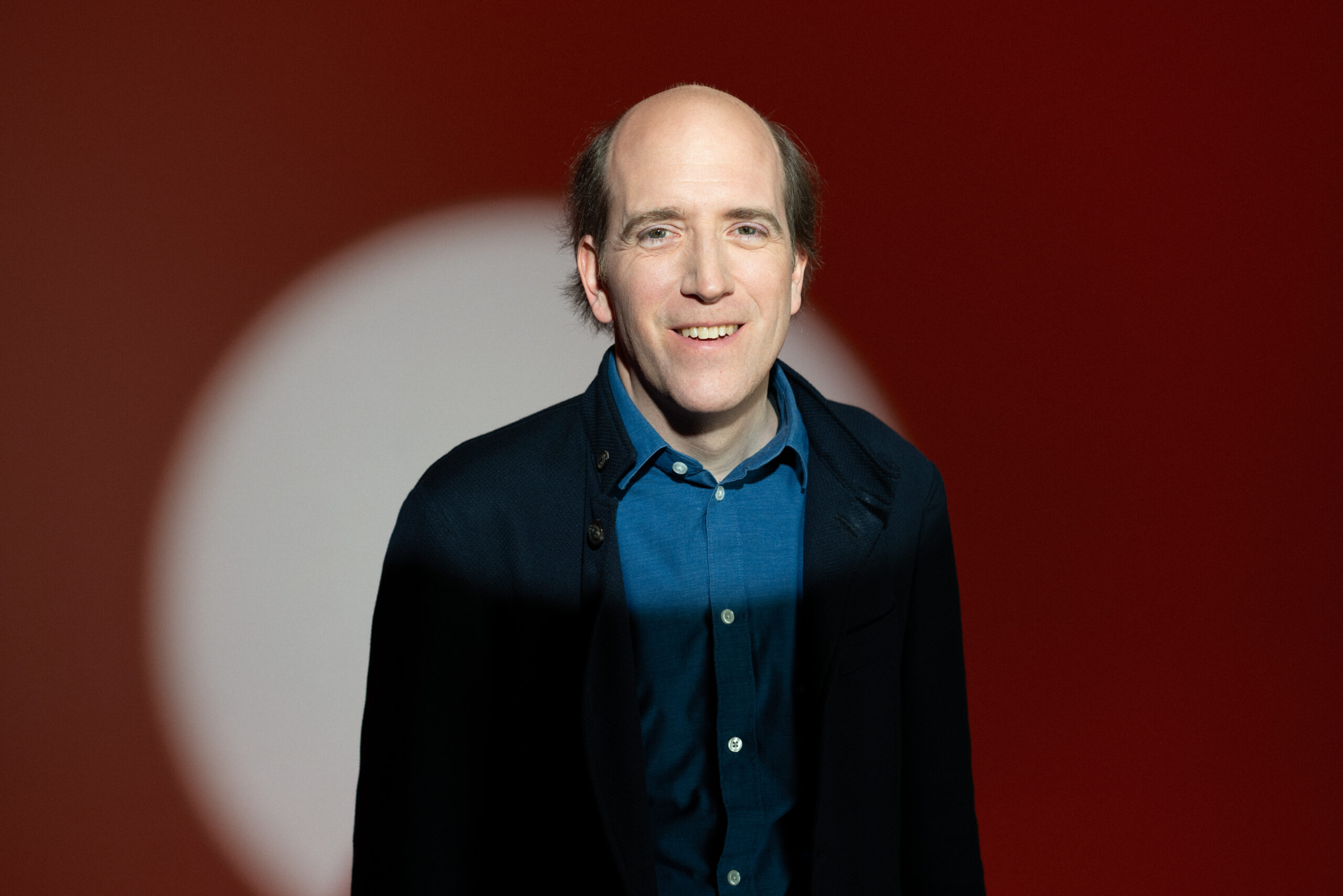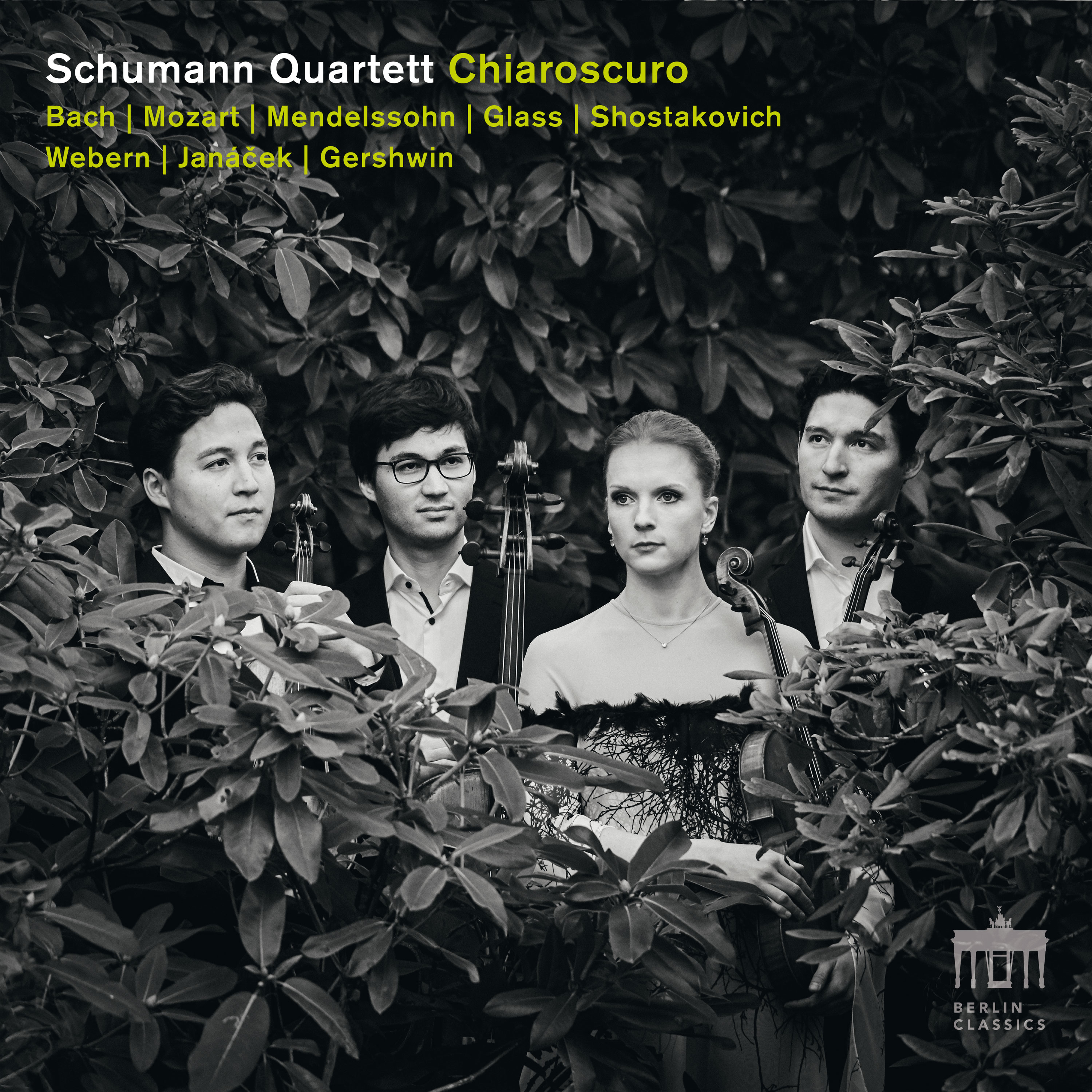
A picture gallery of music: The Schumann Quartet releases the new album “Chiaroscuro”
 The Schumann Quartet contrasts Bach’s fugues (edited by Mozart) with works of Janáček, Glass, Gershwin, Mendelssohn, Webern and Shostakovich
The Schumann Quartet contrasts Bach’s fugues (edited by Mozart) with works of Janáček, Glass, Gershwin, Mendelssohn, Webern and Shostakovich
We are standing in a picture gallery of music. All around us we can hear snippets of the great works for string quartets, along with unfamiliar things to delight the ear; it is truly a music-lover’s paradise. “Chiaroscuro” forms the conclusion of a rather special trilogy of albums by the Schumann Quartet and at the same time marks a journey’s end. After searching for their own roots in “Landscapes” and engaging with their namesake Robert Schumann in “Intermezzo”, the four musicians complete their trilogy with the album “Chiaroscuro”, which in itself represents an equally exciting journey through time and temperament.
By way of Mozart’s arrangements of five selected fugues from Bach’s “Well-Tempered Clavier II” they look left and right into very different musical rooms. There are two early pieces for string quartet by Shostakovich, Philip Glass’s “Company” string quartet, a short fugue by Felix Mendelssohn, and the six Bagatelles op. 9 by Anton Webern. The whole promenade culminates in Janáček’s last work, his Second String Quartet.
“A few years ago we were even more inclined to do things ‘the right way’, or to fulfil other people’s expectations of us.” In recent years, the young musicians have progressively released themselves from these demands. And perfected their own. “We want our music to exist in the immediate moment, as we lose ourselves in it. For that to succeed, each of us must transcend their individual ego.” Their focus is on the concert, and that is the way they have approached “Chiaroscuro”: “We recommend everyone to listen to the whole album from beginning to end without a break.”
“Chiaroscuro” – Italian for “light and dark” – is the name of the programme. The Schumann Quartet combines works that could not be more different. They aim to show that despite the contrasts, the differences and discontinuities between such pairs as Mozart and Webern, Glass and Janáček, there are glimpses of common elements and evidence that many of the composers on display are brothers in spirit. It is a question of the “unity that the album forms”, perhaps not in spite of, but just because of the contrasts.
And when at the very end of the album, at the very end of the whole trilogy, we hear Gershwin’s “Lullaby”, we cannot shake off the feeling that all this is such stuff as dreams are made of.

